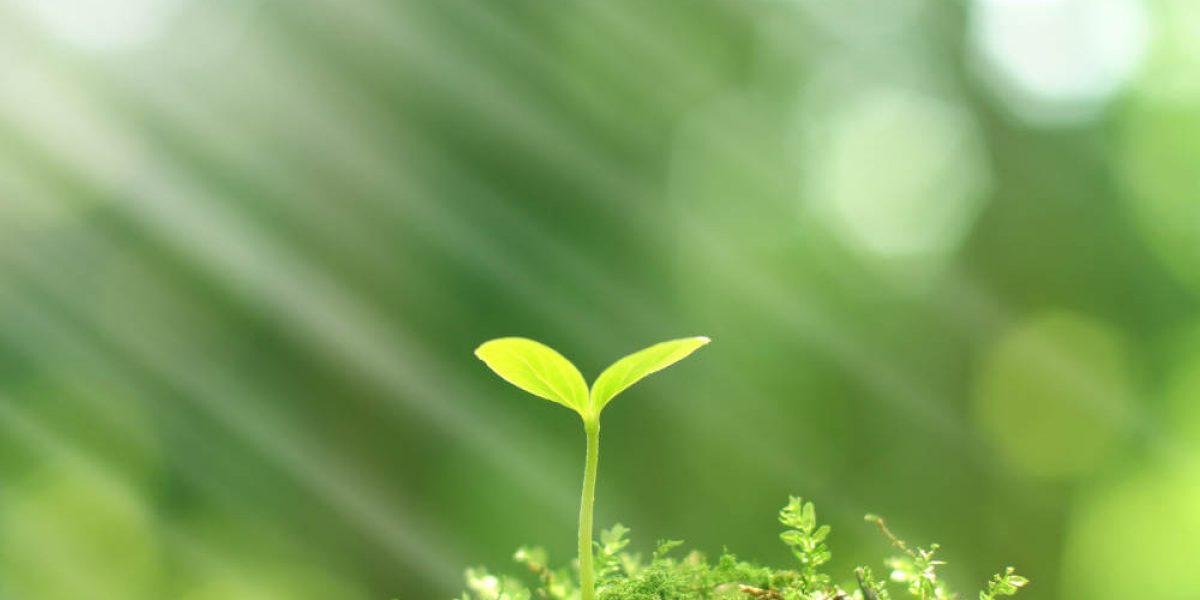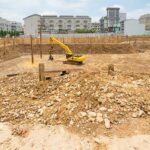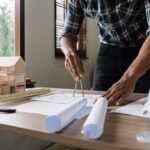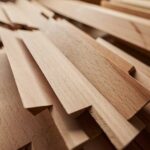Environmental concerns are getting more and more people thinking about green construction materials and methods. But what exactly is green construction and how does it differ from regular building methods?
Building green is a concept potentially involving every part of a building project from site selection to landscape and building design to choice of materials to how the building is used and maintained. Green building ideas can also be incorporated into a building project on a smaller scale – like by choosing the most energy efficient appliances when remodeling the kitchen or choosing a cool and energy efficient roofing brand when installing a new roof.
The Basics of Green Construction
On the outside of a building, green construction includes the use of:
- Energy efficient, double or triple glazed windows and doors,
- Bird-safe window treatments,
- Cool roofing materials which let hot air out in summer and keep warm air inside in winter,
- Parking and driveway designs for maximizing the productive use of rainwater run-off,
- Use of native vegetation for reducing landscape watering needs.
Energy efficiency and the use of renewable energy sources is another major cornerstone of green building. This includes:
- Solar panels and storage batteries or grid-tie back systems,
- Wind turbines in areas with high winds,
- Geothermal energy sources, if available,
- Building and landscaping designs including large concrete or stone walls and floors are known as thermal mass for holding heat.
Inside the building, green building designs emphasize:
- Wall, ceiling, and floor insulation, especially using environmentally friendly insulation materials like recycled denim,
- Sealing cracks around doors and windows with caulk and weather stripping to prevent air leaks,
- Use of renewable materials like fast-growing bamboo for flooring in place of rare hardwood,
- Energy-efficient lighting and appliances,
- Energy-efficient air conditioning and heating systems, including passive heating and cooling,
- Greywater recycling,
- Avoiding use of products on the ‘building materials red list’ published by the International Living Future Institute. These include products containing asbestos, mercury, CFCs, PVC, lead, and other known harmful materials. The institute also provides recommendations for environmentally safe alternatives.
Energy audits and the use of environmentally friendly cleaning products are other parts of keeping buildings green.
Green construction is a broad topic concerned with all aspects of building from site selection to energy use to the covering on the roof. To find out more about how your next High Desert building project can be a little greener, talk to an expert at Murphy Construction.








